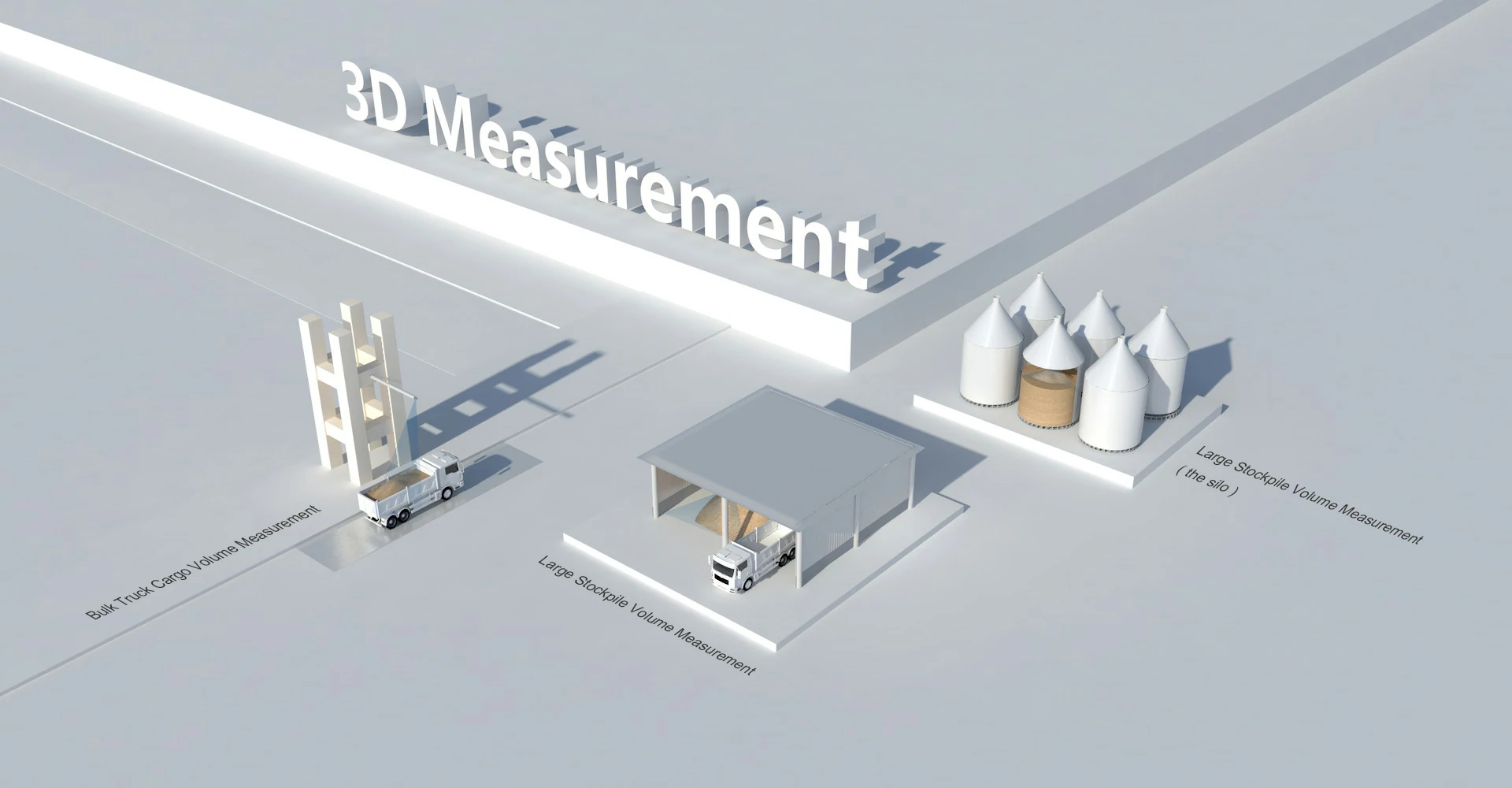
What is HANDHELD LIDAR SCANNER
A handheld LiDAR scanner is a portable device that uses Light Detection and Ranging (LiDAR) technology to capture detailed 3D images of objects or environments. This type of scanner emits laser pulses and measures the time it takes for the light to bounce back, creating precise point cloud data that can be used for various applications such as surveying, mapping, and modeling. Handheld LiDAR scanners are convenient for capturing data in hard-to-reach or confined spaces where traditional stationary LiDAR systems may not be practical. They are commonly used in industries like construction, archaeology, forestry, and urban planning for their accuracy and efficiency in capturing spatial information.
The Main Technology in HANDHELD LIDAR SCANNER
The main technology in a handheld LiDAR scanner is Light Detection and Ranging (LiDAR) technology, which uses laser pulses to measure distances and create detailed 3D maps of the surrounding environment. These scanners typically consist of a laser emitter, a receiver, and a positioning system to accurately capture data points. The emitted laser beams bounce off objects and return to the receiver, allowing the device to calculate the distance and create a point cloud that can be used for various applications such as surveying, mapping, and construction. In summary, the key technology in a handheld LiDAR scanner is its ability to use laser pulses to accurately measure distances and create detailed 3D representations of the environment.


Applications of HANDHELD LIDAR SCANNER
Handheld LiDAR scanners have a wide range of applications across various industries. One key application is in the field of archaeology, where these scanners can be used to quickly and accurately map and document archaeological sites and artifacts. In construction and engineering, handheld LiDAR scanners are valuable for capturing detailed 3D data of buildings, structures, and landscapes for design and planning purposes. Additionally, these scanners are utilized in forestry for measuring tree heights and canopy density, as well as in law enforcement for crime scene investigation and accident reconstruction. Overall, the portability and precision of handheld LiDAR scanners make them indispensable tools for professionals in numerous fields. Brief answer: Handheld LiDAR scanners are used in archaeology, construction, engineering, forestry, and law enforcement for tasks such as site mapping, 3D modeling, tree measurement, and crime scene analysis due to their portability and accuracy.
Benefits of HANDHELD LIDAR SCANNER
Handheld lidar scanners offer a range of benefits for various industries and applications. One key advantage is their portability, allowing users to easily move around and capture 3D data in different environments. This flexibility makes handheld lidar scanners ideal for on-site inspections, construction projects, archaeological surveys, and more. Additionally, these scanners provide high accuracy and precision in capturing detailed spatial information, enabling users to create accurate models and measurements. The real-time data processing capabilities of handheld lidar scanners also streamline workflows and improve efficiency. Overall, the benefits of handheld lidar scanners include portability, accuracy, versatility, and efficiency, making them valuable tools for a wide range of industries and applications.

LiDAR in Construction Monitoring
Neuvition's Titan series LiDAR sensors offer high-precision 3D scanning capabilities
ideal for construction site monitoring. The Titan M1 series, with its long-range and
high-resolution features, can capture detailed site data for accurate progress tracking
and volumetric measurements.
Neuvition LiDAR Products Overview

Titan S2
Specialized for specific industrial uses.
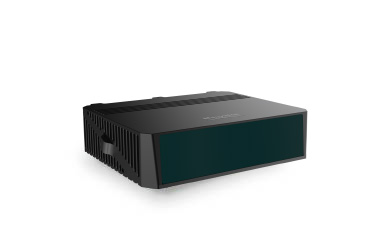
NeuX1
Next-generation LiDAR technology with enhanced capabilities.
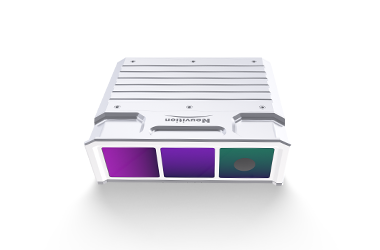
Titan M1 Series
Long-range, high-resolution LiDAR sensors for various applications.
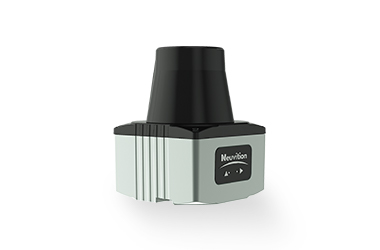
Titan W1
Designed for wide-angle scanning in challenging environments.
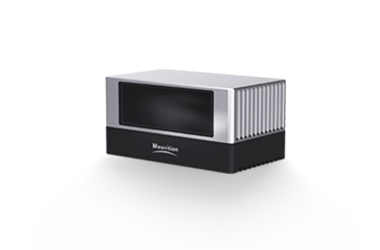
Titan P1
Compact and versatile for mobile and robotics applications.
Neuvition LiDAR Products Overview
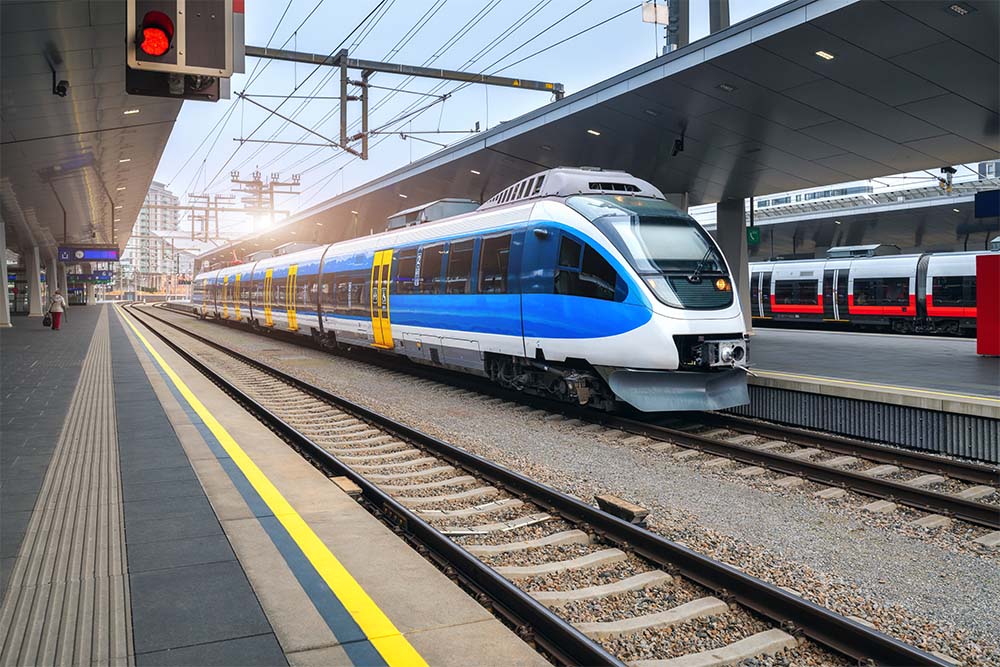
Railway Collision Avoidance
Enhancing safety in rail transportation.
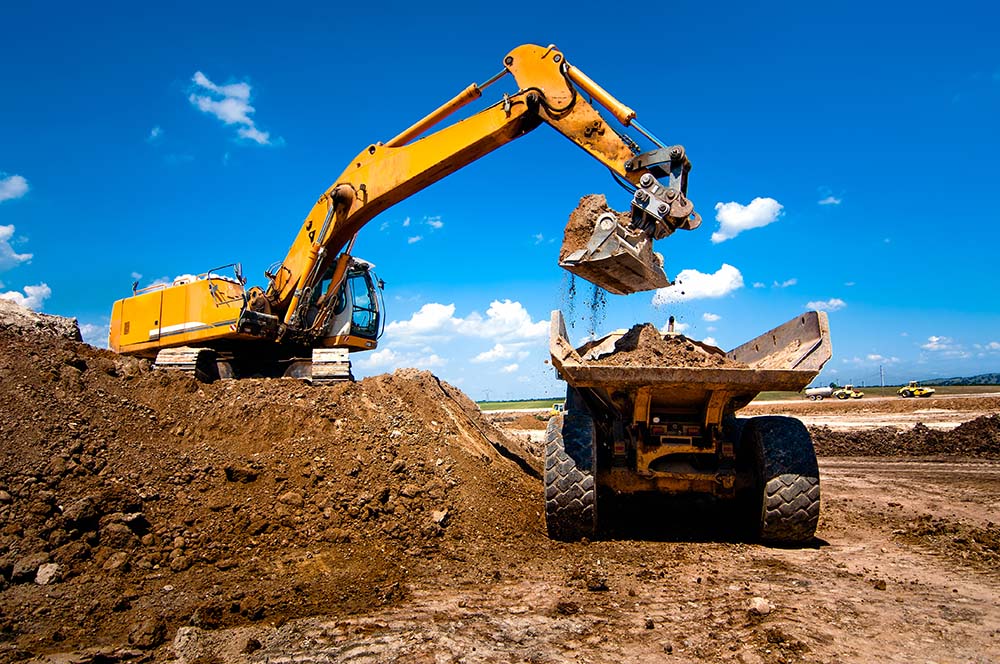
Volume Measurement
Accurate 3D volume calculations for industries like mining and construction.
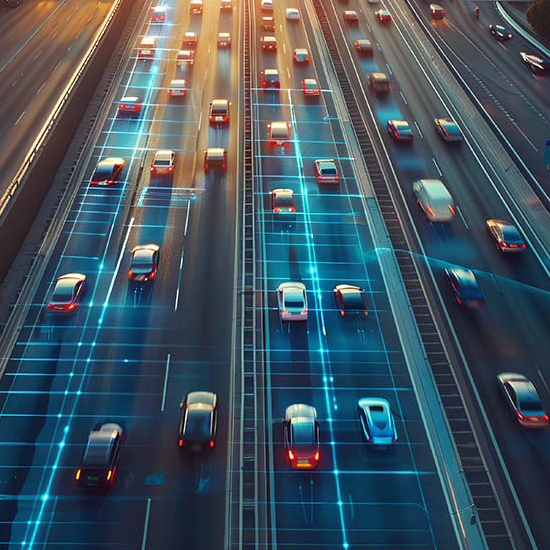
Smart Highway
Improving road safety and traffic management.

Robotics
Enabling precise navigation and object detection for autonomous robots.
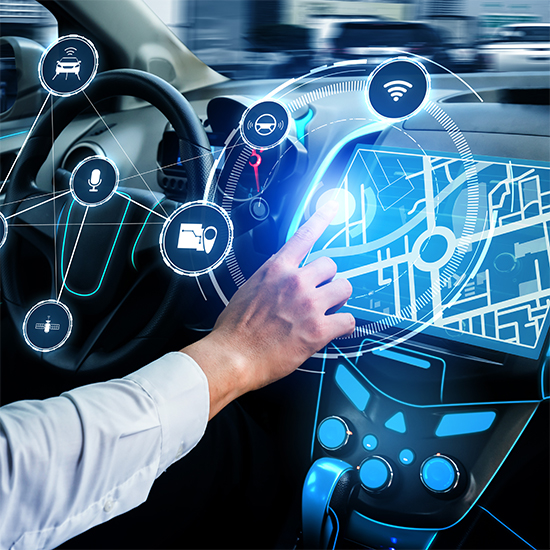
Autonomous Driving
Advanced sensing for self-driving vehicles.
Application Areas of LiDAR
Benefits of Using LiDAR

High accuracy and
precision in 3D mapping

Real-time data
collection and processing

Ability to penetrate vegetation
and capture ground topography

Efficient large-scale
surveying and mapping

Enhanced safety in
autonomous systems

Improved decision-making
with detailed spatial information
Software Solutions for LiDAR
Neuvition provides software solutions to complement its hardware, including point cloud processing and analysis
tools, real-time visualization software, a data integration platform for enterprise applications, and customized
algorithms tailored to specific industry needs.

Success Stories
MetroInnovate Urban Solutions improved traffic flow by 15% after implementing Neuvition's Smart Highway system. Emily Parker, the Director of Smart City Development, played a key role in deploying this system to enhance urban traffic management and reduce congestion.

BuildMaster Construction reduced project timelines by 20% using Neuvition's LiDAR-based site monitoring solution. Michael Thompson, the COO, led the adoption of this technology, focusing on improving efficiency and project management.

DeepCore Mining increased excavation efficiency by 25% with Neuvition's volume measurement solution. Robert Lin, the Head of Operations, was instrumental in integrating this technology to optimize resource extraction and operational productivity.

FAQ












Contact Us
If you have any questions or suggestions, please leave a message, we will get in touch with you within 24 hours!
